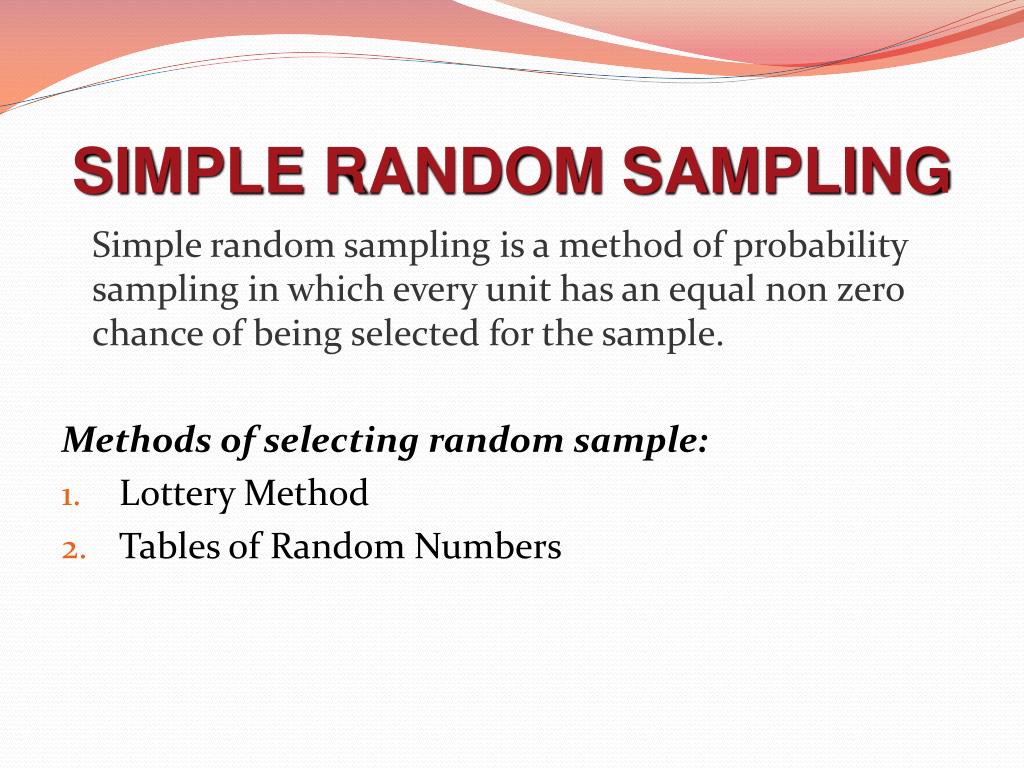


As the population is unknown, the true error in a sample statistic against its population value is unknown. The basic idea of bootstrapping is that inference about a population from sample data (sample → population) can be modeled by resampling the sample data and performing inference about a sample from resampled data (resampled → sample). 26.4% of data points) are shown in red and slightly offsetted. Data points that were drawn more than once (which happens for approx. From this sample, resamples are generated by drawing with replacement (orange). Approach A sample is drawn from a population. The bias-corrected and accelerated (BCa) bootstrap was developed by Efron in 1987, and the ABC procedure in 1992. A Bayesian extension was developed in 1981. Improved estimates of the variance were developed later.

The bootstrap was published by Bradley Efron in "Bootstrap methods: another look at the jackknife" (1979), inspired by earlier work on the jackknife. It is often used as an alternative to statistical inference based on the assumption of a parametric model when that assumption is in doubt, or where parametric inference is impossible or requires complicated formulas for the calculation of standard errors. It may also be used for constructing hypothesis tests. In the case where a set of observations can be assumed to be from an independent and identically distributed population, this can be implemented by constructing a number of resamples with replacement, of the observed data set (and of equal size to the observed data set). One standard choice for an approximating distribution is the empirical distribution function of the observed data.

īootstrapping estimates the properties of an estimand (such as its variance) by measuring those properties when sampling from an approximating distribution. This technique allows estimation of the sampling distribution of almost any statistic using random sampling methods. Bootstrapping assigns measures of accuracy (bias, variance, confidence intervals, prediction error, etc.) to sample estimates. mimicking the sampling process), and falls under the broader class of resampling methods. There are also other types of sampling methods that do not require simple random sampling include: quota sampling, convenience sampling ( non-random sampling), non-probability sampling, and snowball sampling.For other uses, see Bootstrapping (disambiguation).īootstrapping is any test or metric that uses random sampling with replacement (e.g. Other types of random sampling methods include: cluster sampling, stratified sampling, and systematic sampling. This means that each item of data has an equal probability of being chosen and each subgroup within the sample is represented proportionally to the whole population. Stratified sampling requires another sampling method such as a simple random sample to generate a random selection of data values once the data is divided into subgroups (or subsets). Random sampling is also used for other sampling techniques such as stratified sampling.
ADVANTAGES AND DISADVANTAGES OF SIMPLE RANDOM SAMPLING GENERATOR
Using a random number generator to select students in a class to complete a task. Gathering a representative sample from a population where each member in the population has an equal chance of being selected. Random sampling (for simple random sampling) We use simple random sampling to choose the individual items of data within the population.Įach member of the sample has an equal chance of being selected, reducing bias and sampling error. To take a random sample, we list each individual member of the population, assign a unique number to each member, and use a random number generator or a random number table to select the number of pieces of data required for the sample size. Random sampling is a type of sampling method.


 0 kommentar(er)
0 kommentar(er)
